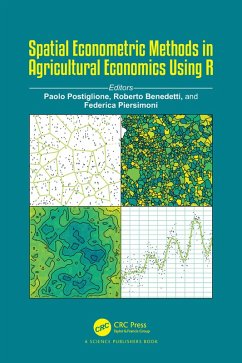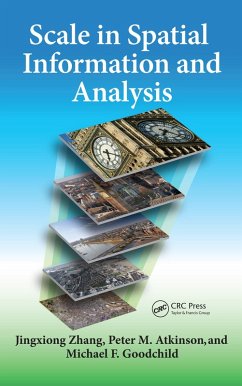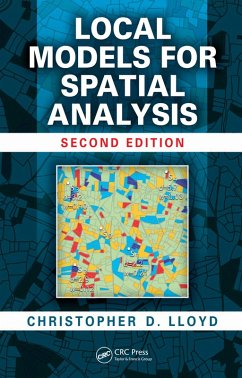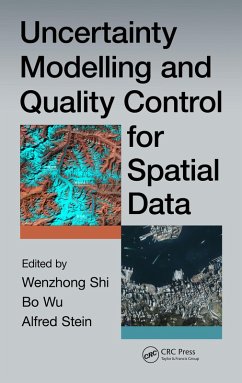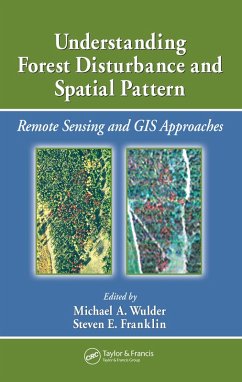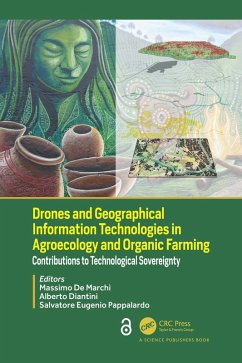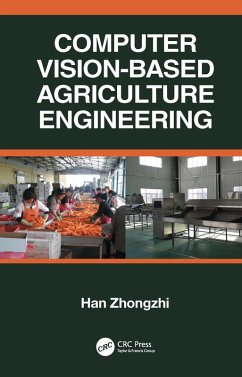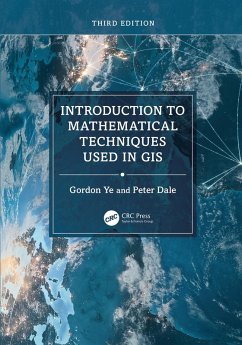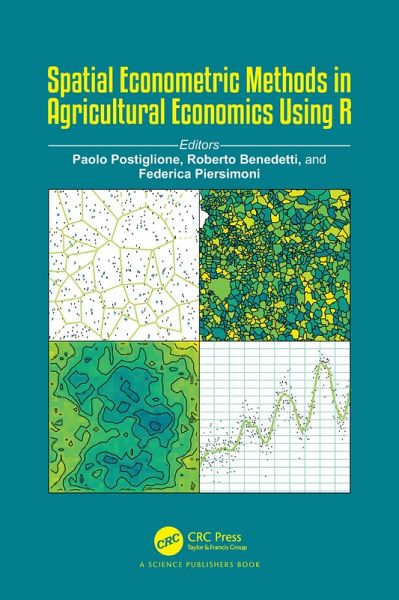
Spatial Econometric Methods in Agricultural Economics Using R (eBook, ePUB)
Versandkostenfrei!
Sofort per Download lieferbar
42,95 €
inkl. MwSt.
Weitere Ausgaben:

PAYBACK Punkte
21 °P sammeln!
Modern tools, such as GIS and remote sensing, are increasingly used in the monitoring of agricultural resources. The developments in GIS technology offer growing opportunities to agricultural economics analysts dealing with large and detailed spatial databases, allowing them to combine spatial information from different sources and to produce different models. The availability of these valuable sources of information makes the advanced models suggested in the spatial statistic and econometric literature applicable to agricultural economics.This book aims at supporting stakeholders to design sp...
Modern tools, such as GIS and remote sensing, are increasingly used in the monitoring of agricultural resources. The developments in GIS technology offer growing opportunities to agricultural economics analysts dealing with large and detailed spatial databases, allowing them to combine spatial information from different sources and to produce different models. The availability of these valuable sources of information makes the advanced models suggested in the spatial statistic and econometric literature applicable to agricultural economics.
This book aims at supporting stakeholders to design spatial surveys for agricultural data and/or to analyse the geographically collected data.
This book attempts to describe the main typology of agricultural data and the most appropriate methods for the analysis, together with a detailed description of the available data sources and their collection methods. Topics such as spatial interpolation, point patterns, spatial autocorrelation, survey data analysis, small area estimation, regional data modelling, and spatial econometrics techniques are covered jointly with issues arising from the integration of several data types.
The theory of spatial methods is complemented by real and/or simulated examples implemented through the open-source software R.
This book aims at supporting stakeholders to design spatial surveys for agricultural data and/or to analyse the geographically collected data.
This book attempts to describe the main typology of agricultural data and the most appropriate methods for the analysis, together with a detailed description of the available data sources and their collection methods. Topics such as spatial interpolation, point patterns, spatial autocorrelation, survey data analysis, small area estimation, regional data modelling, and spatial econometrics techniques are covered jointly with issues arising from the integration of several data types.
The theory of spatial methods is complemented by real and/or simulated examples implemented through the open-source software R.
Dieser Download kann aus rechtlichen Gründen nur mit Rechnungsadresse in A, B, BG, CY, CZ, D, DK, EW, E, FIN, F, GR, HR, H, IRL, I, LT, L, LR, M, NL, PL, P, R, S, SLO, SK ausgeliefert werden.




